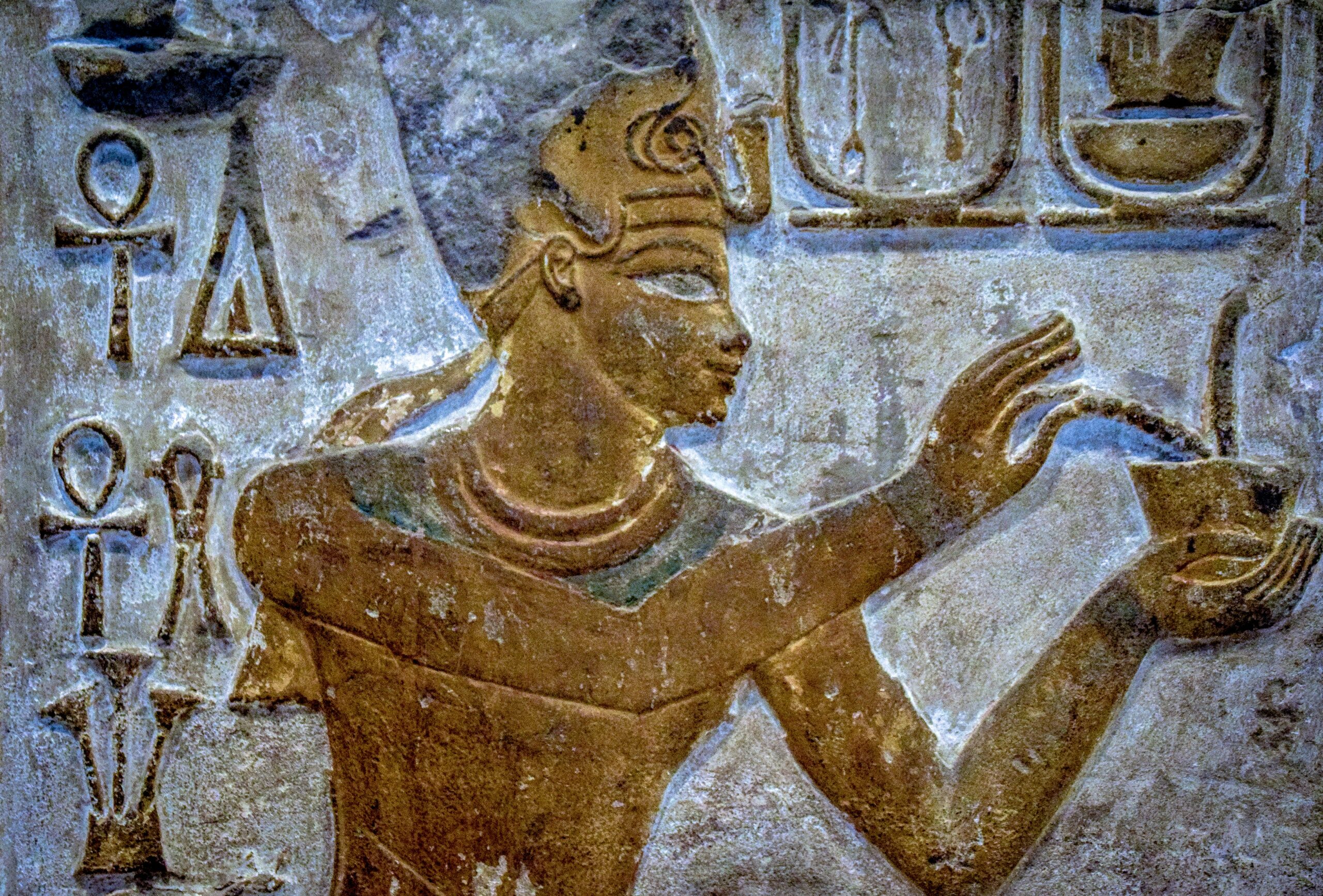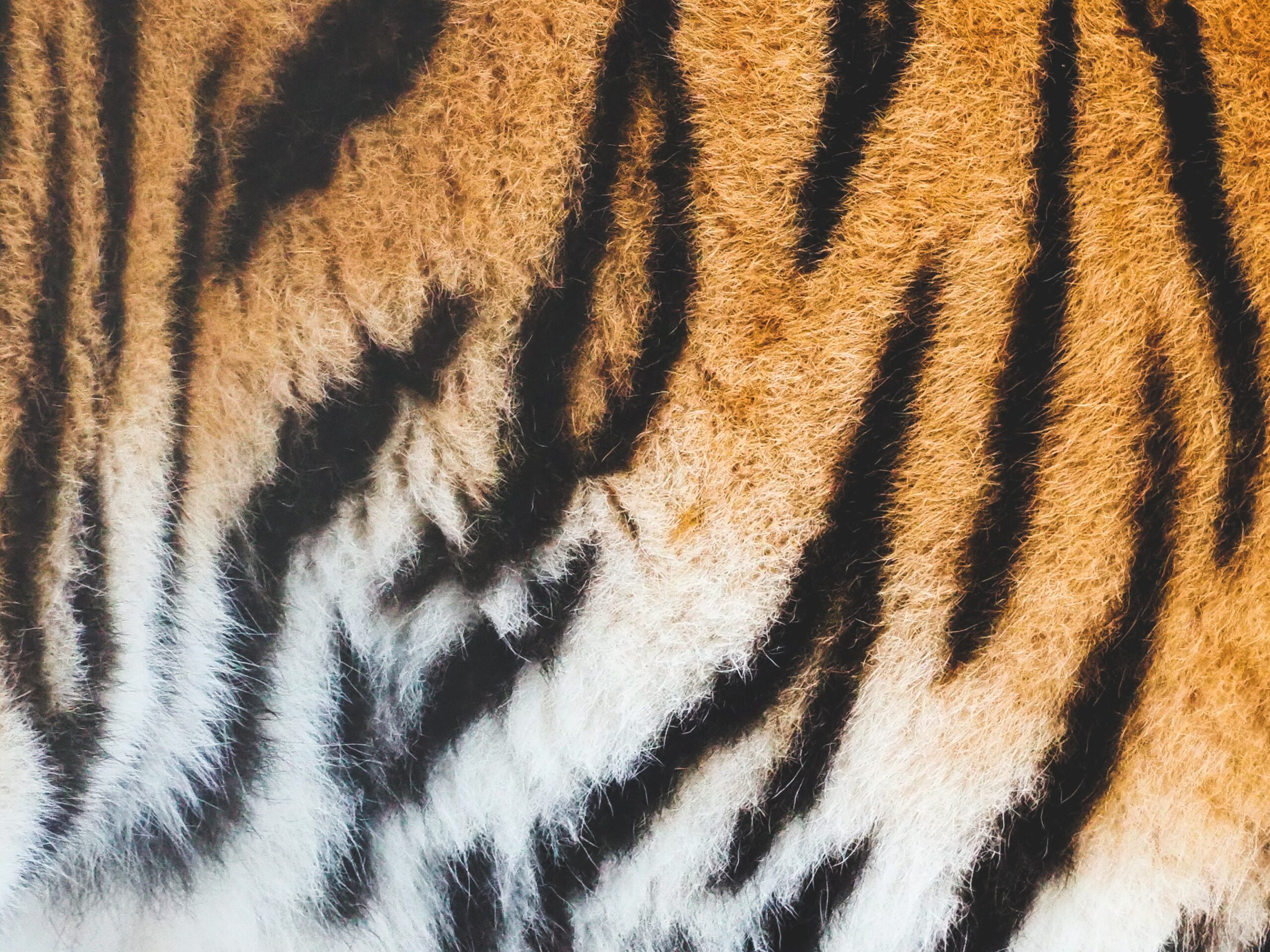Africa’s traditional dress is referred to as “African Clothes.” Various tribes across the continent take great pleasure in their national attire, which they don for ceremonial purposes and other special events.
The fabric of a community and the status of individuals and groups within that community is often reflected in the material. Foreign cultures, such as colonialism or the popular dress code of the West, have supplanted or impacted traditional robes in some situations.
Due to the scarcity of written records and historical artifacts, tracing the history of African attire is extremely difficult. Traditional robes, for example. Have been passed down through generations of tribe people and have helped to piece together much of the culture.
We are getting the word out about sculptural portrayals of African Clothes in theatre and art and objects. The type of fabric used to make a garment has a significant impact on how it looks.
Africa’s History of Clothing:
Many African tribes didn’t wear any clothing because of the continent’s warm and welcoming climate, which made clothing unnecessary. All that was required of men and women alike were to wear loincloths or an Apron, while ladies wore scarification scarves or paints on the rest of her body.
First, clothing was made primarily of bark fabric, fur, skins, and hides. The barkcloth is worn by men as a belt and goes between the knees, while women wear the barkcloth as a belt to conceal faces.
As well as being used to make grass skirts, also used raffia to weave together strips of bark fabric. Excavated shards of bast-fiber cloth from the 9th century were the oldest indication of textile production in Igbo-Ukwu. The Tellem caves in Mali unearthed 11th and 12th-century burial sites that contained indigo-dyed cotton and wool.
Specific weaving methods were more advanced than others in certain regions. Cotton, raffia, silk, and wool were among the fibers utilized. Fabrics used for African Clothes were a symbol of the tribe’s social and economic standing and its culture, geography, and climate. They were woven and ornamented to reflect these things.
By hammering tree bark until thin and flexible, humans from the Stone Age onward have manufactured barkcloth. Small pieces of hiding or raffia would be woven together to create more significant portions that would cover the entire body. The use of seashells, bones, ostrich eggshell fragments and feathers in creating jewelry and headgear was widespread.
Tribal Garments:
Wrapped or draped about the torso with woven and printed fabric, this is the core of tribal attire. Headdresses, belt buckles, collars, girdles, and capes made of beads, feathers, leather, and metal or gold and silver as well as seashells, ostrich eggshells, ivory, and other materials like raffia and wood, as well as animal tails and hair, add to the richness of a tribal costume.
Might magnificently wear down the weight and volume of a woman’s or man’s attire using headbands, necklaces, bracelets, wristlets, armbands, and anklets. Tribal allegiances and personal totems were commonly displayed through the choice of animal skin as a symbol.
The wearer’s health and good fortune could be at stake if it were preserved intact. Married ladies wore full-body wraps and cloaks that were highly prized by their owners, whereas young girls and maidens wore nothing but a skirt or apron. Colour and design are printed, and colored African Clothes or woven fabric strips or beaded clothing differentiates one ethnic group from another.
Tribes take great pleasure in the quality of their hand-made fabric, which they have passed down for generations, employing techniques that have been passed down through the ages. If you’re looking for something casual and economical, these are the African Clothes for you. During Liberia’s National Commemoration Day, women wear kitenge costumes representing the Liberian flag and the country’s political leaders.
These garments can be utilized as shawls and capes or stitched into outfits for both men and women. Despite its long history in East and West Africa, Kitenge fabric is currently found in many African countries. In Ashanti weaving, there are two levels: cotton cloth for everyday use and that are either entirely or partially composed of silk for use in the courts.
They are known as ‘Kente’ cloth, this type of fabric is frequently used. As a result, the demand for high standards and complex patterns has decreased, resulting in the downfall of Ashanti weaving. It’s time for some modern African fashion. Hundreds of millions wear traditional African Clothes daily, both for ceremonial events and everyday wear.
Anywhere in Africa, you travel, you’ll see this in full force. African fashion can be as basic or as sophisticated as the wearer chooses to make it. Modern African men have adopted the design, but they’ve replaced the fabric for something lighter and layered it over a Buba with short sleeves. Shorter and narrower lengths and widths of the actual agbada, as well as tighter-fitting pants, produce a clean and attractive impression.
Dashikis and Madiba shirts:
With suitable African Clothes, either of these shirts can be professional or casual. The garment’s design and embellishments. Long or short-sleeved, with a V-shaped collar and an ornately embroidered the Dashiki is a loose-fitting pullover shirt that is unisex and available in various lengths, colors, and forms.
A modern twist on the sixties fashion statement while still honoring African history in an elegant and sophisticated approach. While the Madiba shirt has its roots in Indonesian wax-resist fabric, Nelson Mandela used it as a characteristic piece of his clothing. In honor of the elegance and flair of the former South African president, it has since become an article of popular African Clothes.





